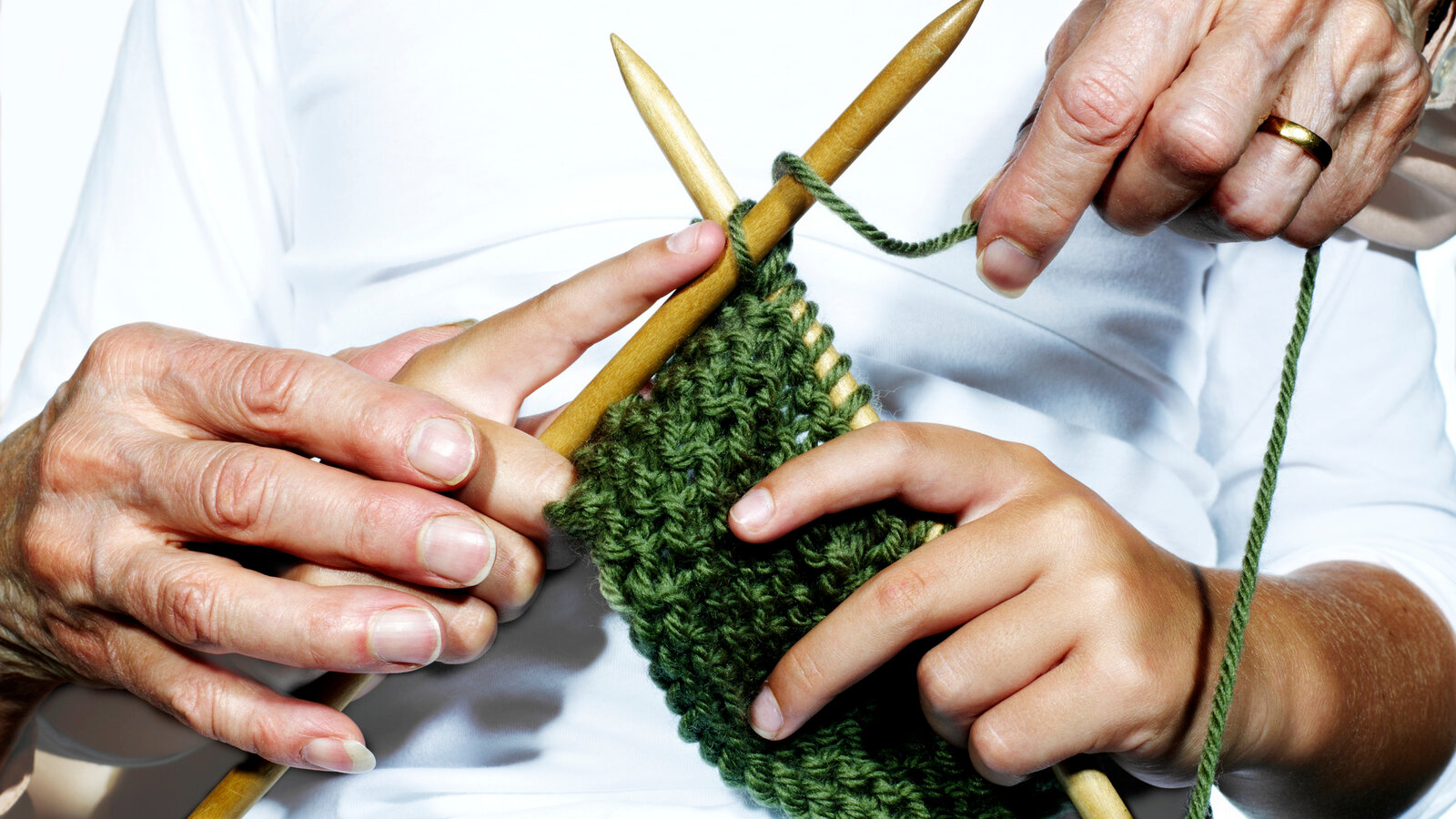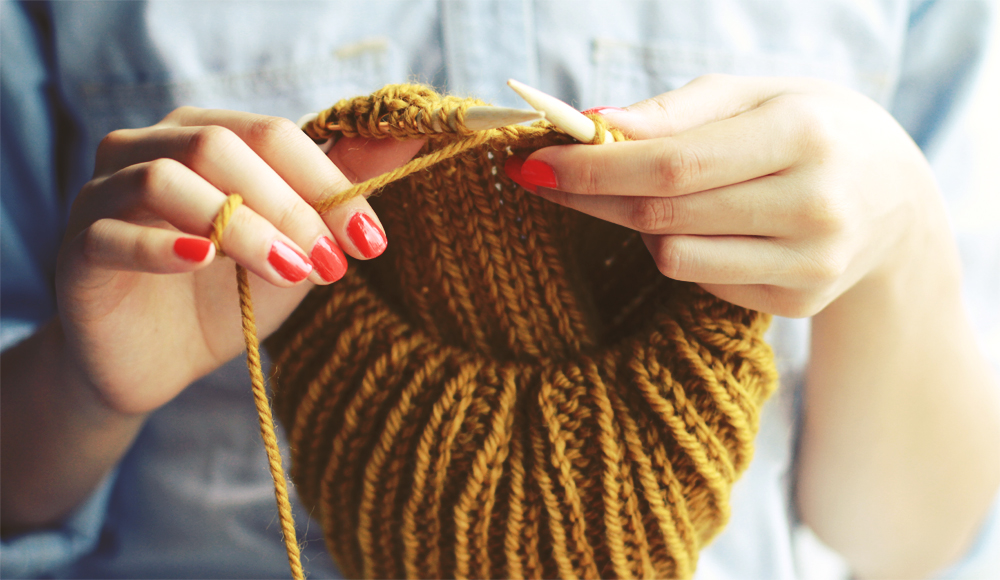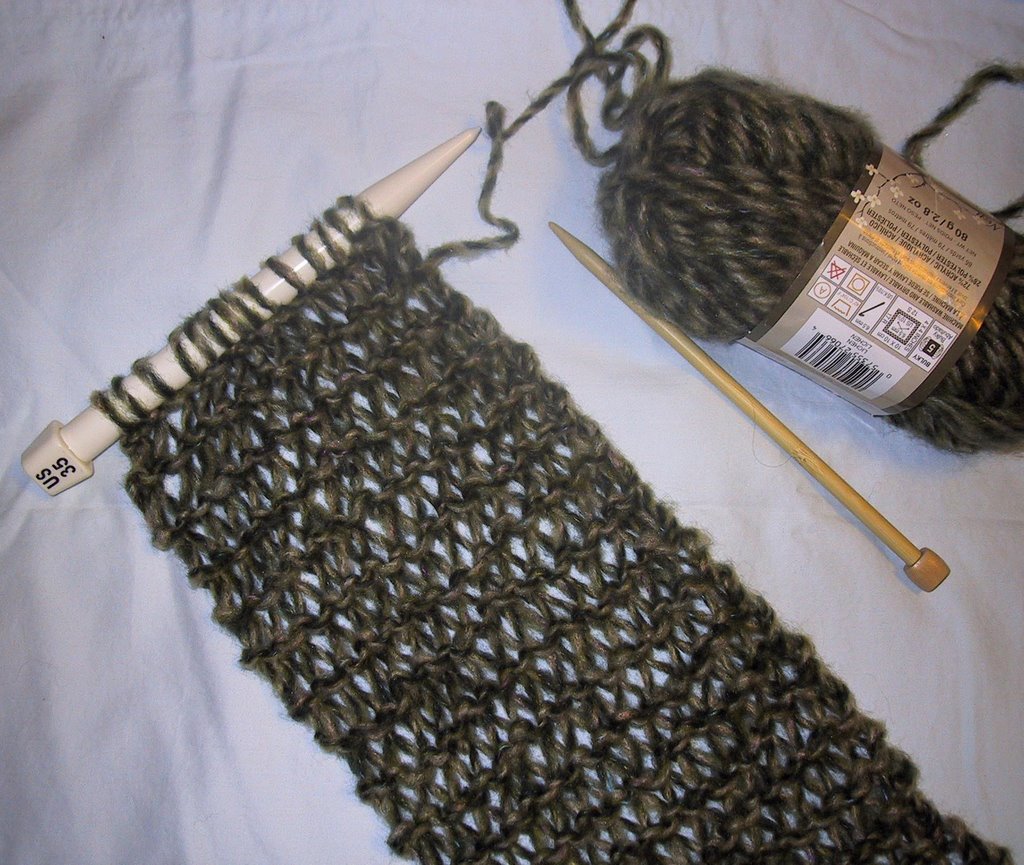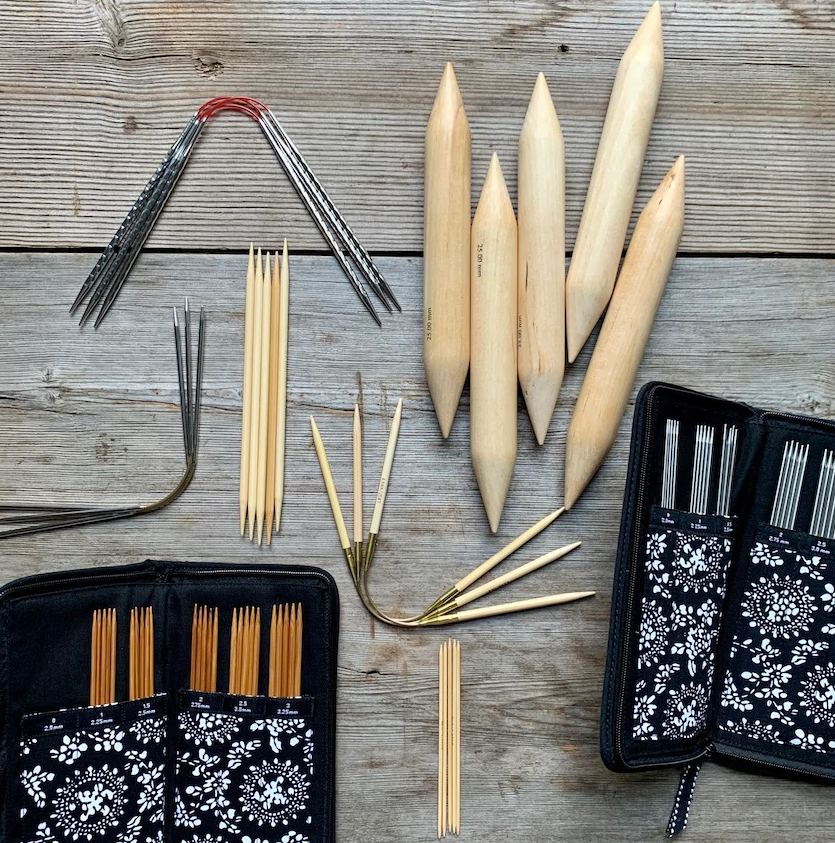
A Beginner’s Guide to Buying the Right Needle for Your First Knitting Project
If you want to start knitting, the first thing you’ll need to determine is the supplies you’ll need. Primarily, you’ll need knitting needles. Choosing needles for a project will soon become second nature. However, getting started might be a little intimidating. On the other hand, if you’re a crocheter who wants to learn how to knit, you’ll have an advantage over the competition since you already use a crochet needle to create the essential crochet stitches.
Contents
Beginner’s Guide to Choosing the Right Needle for Knitting
Types of Needles for Knitting
You can choose from three crochet needle types: straight needles, double point needles (also known as DPN) and circular needles.
When you think about knitting needles, the straight needle is most likely what comes to mind. You probably noticed your grandmother’s straight needles when you were young because they were the only existing type when she began to knit as a girl. Furthermore, you’ve probably seen straight needles if you’ve ever seen a drawing of someone knitting.
Straight needles serve as a tool for back and forth knitting but never in rounds. They are generally between 10 and 14 inches long. They can also be pretty heavy. As a result, they aren’t the most commonly used needles nowadays. Single point needles are another name for these needles. There are various alternatives even within one group. Straight speciality and flexible single point needles, for example, are available from some manufacturers.

Unlike single point type, double-pointed needles have points at both ends. They are lighter and shorter. They’re usually between 6 and 8 inches long. You don’t buy them individually; instead, you buy them in groups of four or five. In the round, you’ll work on three or four of them at a time, using the loose one as your knitting needle. Beginner knitters may choose to invest in a set of DPNs.
Circular knitting needles are multi-purpose needles that may be used to knit in both rows and rounds. As a result, they’re a popular option. Circular knitting needles are your best bet if you’re looking to buy needles for the first time. Additionally, a cable on circular knitting needles holds the stitches for you in place. Unlike a straight needle, where all stitches are on the long needle, circular needles hold these stitches on the cable.
Different Sizes
Knitting beginners need to know two basic measurements: the size and the length of their needle. The length measurement is quite simple-measure the straight needle from tip to end and your circular needle from tip to tip. Most manufacturers have their knitting needles available in five sizes: 7′′, 9′′, 12′′, 13′′, and 20′′.
But keep in mind that you’ll be using cables on circular needles, and cable lengths vary. You’ll acquire a better understanding of the cable size you’ll need for different projects as you get deeper into knitting. If you’re knitting a huge item like an afghan, for example, you’ll need a cable that’s at least 36 inches long. If you’re knitting a cap, on the other hand, you’ll want a shorter line. Even within the same project, you’ll frequently utilize different size cables – or needle lengths. If you’re a beginner, rely on the pattern to tell you what to do.

Returning to the topic of interchangeable, imagine that you had circular needles in sizes 6 and 7 with lengths of 16′′, 24′′, and 36′′. So you have a total of six needles – three lengths for each of the two sizes. You’ll need two shafts, sizes 6 and 7, and three cables, to bring the lengths to 16′′, 24′′, and 36′′ if you use interchangeables instead. You might also use those cables on needles of different sizes. So, when it comes to interchangeable circular knitting needles, that should give you an idea of different needle sizes and how cables function.
A crochet needle is measured in size, as you probably already know if you’re a crocheter. That number is frequently etched on the crochet needle. Knitting needles, unfortunately, are less likely to have the size written directly on the needle.
The weight of the yarn usually corresponds to the size of your crochet or knitting needle. The smallest knitting needles for fingering and sock weight yarn are 000 – 3. Size 5–9 needles are recommended for mid-weight yarns like DK and worsted. For jumbo yarn, there are needles available in sizes ranging from 17 to 50.
However, if you want to produce a specific effect, you can use a larger needle and finer yarn. You may need to move up or down a size to get the gauge required by the pattern. You will experiment with different needles’ sizes as soon as you gain experience with knitting.

Materials
The most common materials of knitting needles are metal, wood, and plastic. You might also come across needles made of more unique materials. Each material has a particular grip on the yarn. On metal needles, the yarn will slip around a lot. On wooden needles, it won’t slide nearly as much. Because you don’t want to lose your stitches, the material you use is crucial. However, it’s all about what you’re most at ease with. To find out which material works best for you, experiment with different knitting needles.
How to Properly Store Your Needles
Knitting needles should be stored in a well-organized manner. If you have knitting needles that don’t have the size written right on them, it’s a good idea to keep them in order of size. You’ll be able to see what size you’re obtaining from storage, thus making your project easier this way. Of course, you can double-check it with your needle gauge, but keeping everything organized will make your knitting lifestyle easier.

